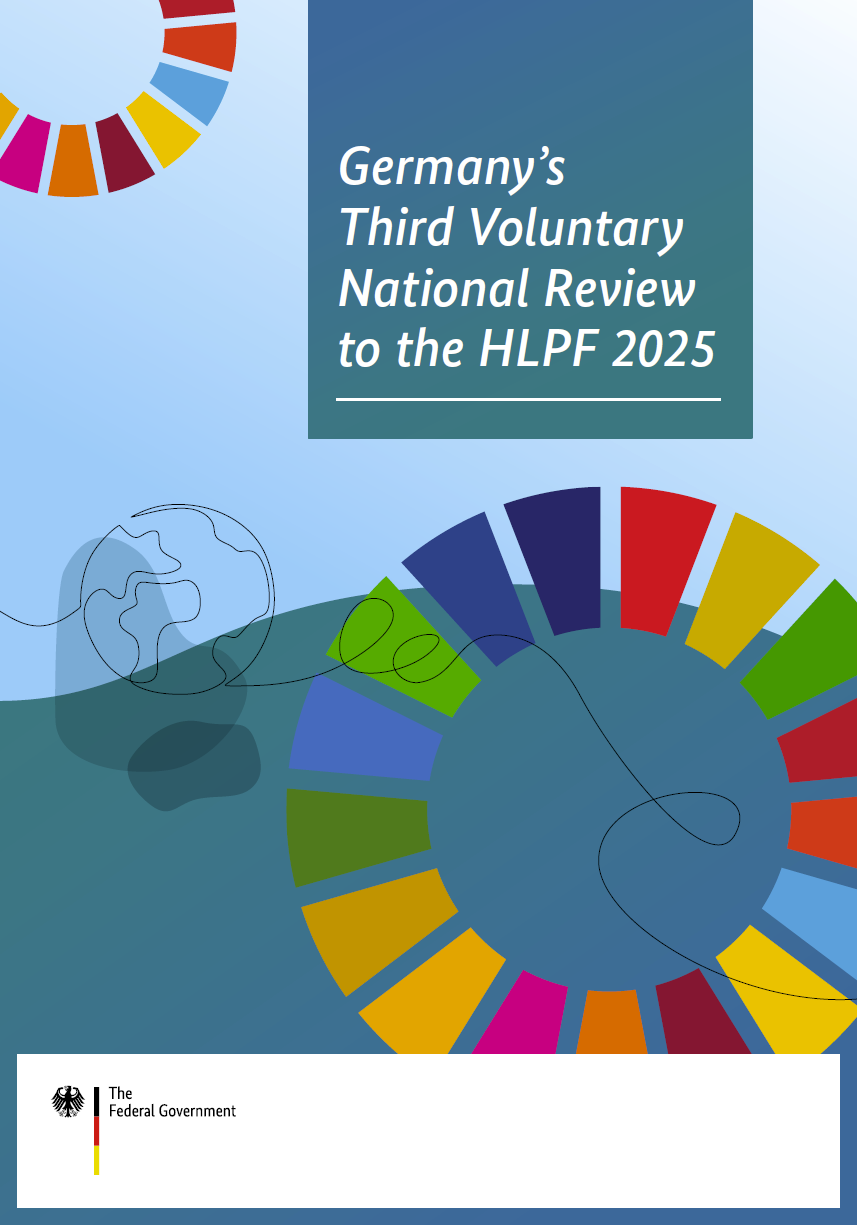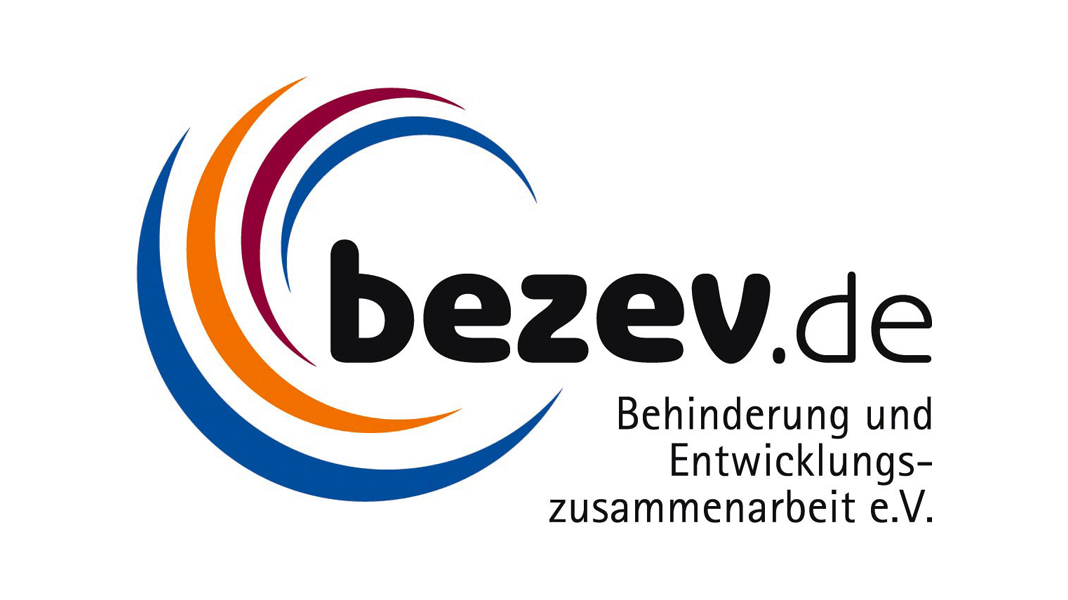VNR 2025 Contribution by bezev – Behinderung und Entwicklungszusammenarbeit (disability and development cooperation)
In 2020, bezev (full title: Behinderung und Entwicklungszusammenarbeit e.V. - “disability and development cooperation”) formulated a joint paper with the German Disability Council in reaction to the version of the German Sustainable Development Strategy that was provided at that time for comment. The paper was entitled “Niemanden zurückzulassen braucht aufgeschlüsselte Daten!” (“Leave noone behind” requires disaggregated data). Since that paper’s recommendations remain valid, we will draw on them here once again.
As work on the German Sustainable Development Strategy progressed, more focus came to be placed on the social dimension of sustainability. Still, however, the planned strategies and measures do not adequately live up to the principle of “leave no one behind”, although people with disabilities and the issue of accessibility are mentioned at several points. People with disabilities are particularly hard hit by the existing and growing inequality in the world. So it was for good reason that the Call to Action expressed in the 2023 SDG Summit’s Political Declaration calls for measures to reach first of all those who are most severely disadvantaged, including people with disabilities.
The guiding principle of “leave noone behind” is solidly cemented within the principles and ambitions of the German Sustainable Development Strategy; yet the strategy does not describe the measures that will be taken to achieve those ambitions. They are also missing from the strategy’s targets and indicators, making it impossible at present to determine whether all people are, in fact, being reached or who (due to what discrimination factor) is being left behind in various areas. The version of the strategy made available for comment fell badly short on this principle.
To close that gap, we continue to recommend the following measures for reducing discrimination of people with disabilities both nationally and internationally.
Germany has an internationally recognised sustainability architecture and sustainability governance. Yet the structures are not yet designed to systemically collect data on disadvantaged groups, as called for in paragraph 74g of the 2030 Agenda. The indicators provide no information on whether disadvantaged groups are also being reached through the goals set out. People with disabilities are not mentioned once in the national indicators, even though 11 of the 231 global indicators mention people with disabilities. Through its national indicators, Germany contributes to the global indicators. By failing to disaggregate its data, it is not reporting on the extent to which the goals have been reached for people with disabilities.
This gap in national monitoring should be remedied as follows:
a. The first step would be to disaggregate existing data, for example on indicator 4.1.a “early school leavers” (18- to 24-year-olds without a school leaving certificate); indicator 5.1.a “gender pay gap”; indicator 8.5.a “employment rate total” (20- to 64-year-olds), to include the factor “persons with disabilities”. Following the introduction in 2024 of the OECD-DAC policy marker on inclusion, indicator 17.1 “Official development assistance as a proportion of gross national income” could provide disaggregated data.
b. Since there is still a lack of data on the SDGs and people with disabilities, it is recommended that the sustainability architecture be extended to include a body (e.g. a commission) that would help to close that data gap (the UN Statistical Commission has established a working group for the purpose) so as to systematically flesh out the indicators contained in the German Sustainable Development Strategy with internationally comparable data. A body of this kind should be made up of Germany’s statistical offices (the Federal Statistical Office and the offices of the individual states), representatives of public administration, academia, human rights institutions and civil society, including the organisations of persons with disabilities. It could take as its point of reference the human rights indicators that OHCHR developed for monitoring the UN Convention on the Rights of Persons with Disabilities (CRPD). Since there is a considerable amount of overlap between the SDGs and the rights of persons with disabilities as defined in the CRPD, it would make sense to adopt these indicators as they could be used for the monitoring of both international agreements.The new body could be given a broad mandate that would enable it to collect disaggregated data not only on persons with disabilities but also on other disadvantaged groups.
- In Germany, as elsewhere, people with disabilities continue to experience systemic discrimination. This occurs in education, employment and health and also with regard to a lack of accessibility in the infrastructure. With reference to the Concluding Observations of the UN Committee on the Rights of Persons with Disabilities regarding Germany’s second and third periodic reports, specific measures should be incorporated into the Sustainable Development Strategy to overcome discrimination of persons with disabilities. The Strategy could, for example, include the provision that mobility and building and construction should not only always be sustainable but also accessible. For SDG 4 on education, a strategy with a timetable, targets and indicators should be incorporated so as to ensure access to a quality, inclusive education system in all German states.
The German government is hosting the Global Disability Summit from 2 to 3 April 2025. The focus will be on overcoming inequality and ensuring equal participation of people with disabilities in all areas of society, policymaking and the economy. There needs to be good monitoring of strategies aimed at realising the rights of persons with disabilities so that gaps can be identified and dedicated measures introduced to improve their situation.

